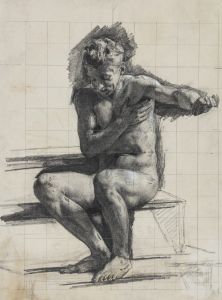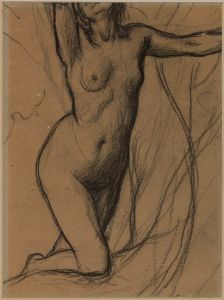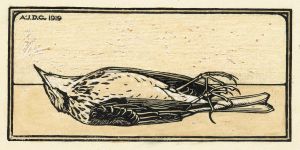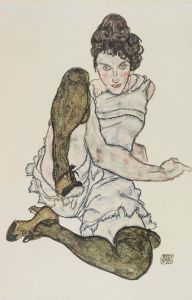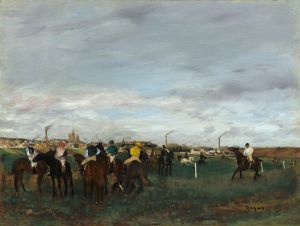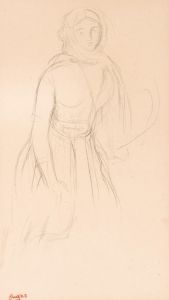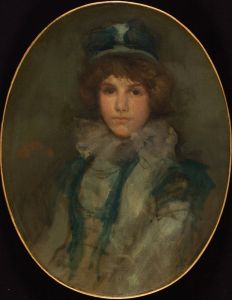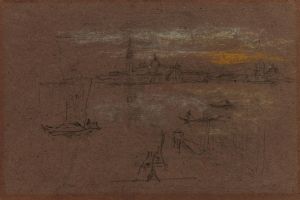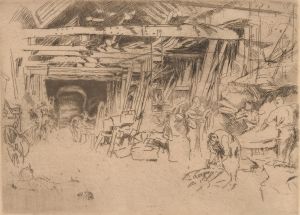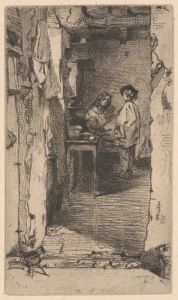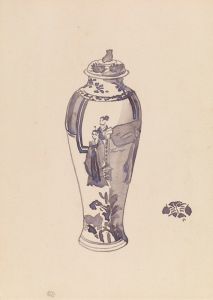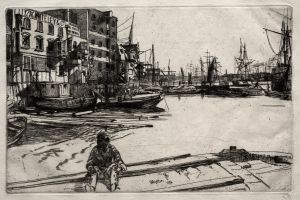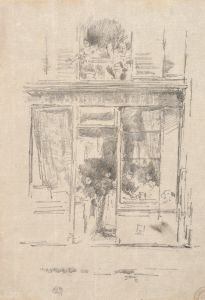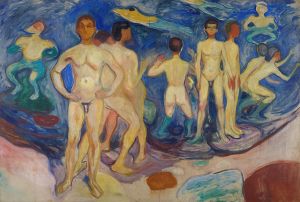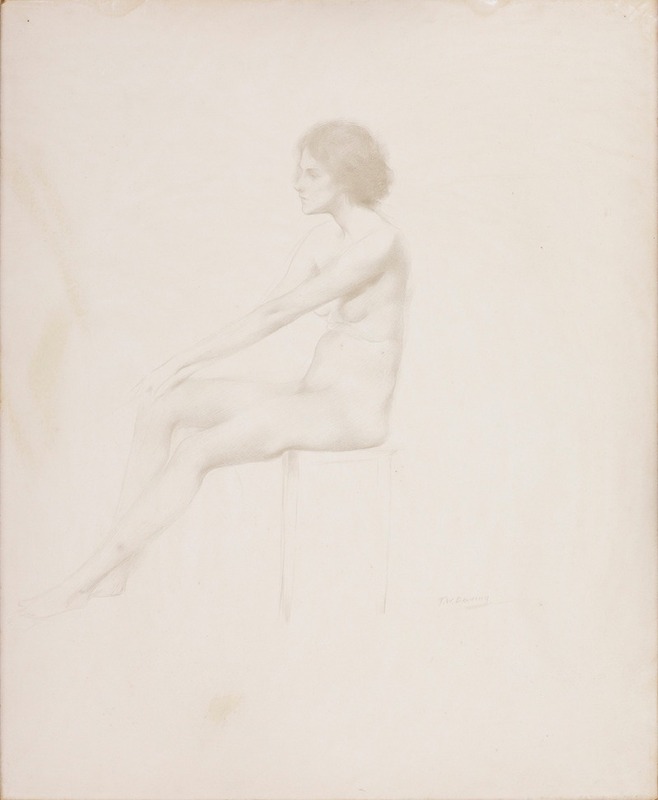
Study of a Nude Model
A hand-painted replica of James Abbott McNeill Whistler’s masterpiece Study of a Nude Model, meticulously crafted by professional artists to capture the true essence of the original. Each piece is created with museum-quality canvas and rare mineral pigments, carefully painted by experienced artists with delicate brushstrokes and rich, layered colors to perfectly recreate the texture of the original artwork. Unlike machine-printed reproductions, this hand-painted version brings the painting to life, infused with the artist’s emotions and skill in every stroke. Whether for personal collection or home decoration, it instantly elevates the artistic atmosphere of any space.
James Abbott McNeill Whistler, an influential American artist, is renowned for his contributions to the art world during the late 19th century. Among his diverse body of work, "Study of a Nude Model" stands out as a testament to his skill and innovative approach to painting. Whistler was known for his distinctive style that often emphasized mood and atmosphere over detailed realism, and this piece is no exception.
"Study of a Nude Model" exemplifies Whistler's interest in the human form and his ability to capture the subtleties of light and shadow. While specific details about the creation of this particular work are limited, it is consistent with Whistler's broader artistic pursuits during his career. He often explored themes of beauty and form, focusing on the aesthetic qualities of his subjects rather than their narrative content.
Whistler's approach to painting was heavily influenced by his belief in "art for art's sake," a philosophy that advocated for the intrinsic value of art independent of moral or narrative content. This perspective is evident in "Study of a Nude Model," where the emphasis is placed on the composition, color harmony, and the delicate interplay of light across the model's body. The painting likely reflects Whistler's interest in the tonal qualities of his subject, a hallmark of his work that aligns with his broader artistic goals.
Throughout his career, Whistler was associated with the Aesthetic Movement, which prioritized beauty and aesthetic experience over didactic or utilitarian functions of art. His works, including "Study of a Nude Model," often sought to evoke an emotional response through their visual qualities rather than through storytelling or allegory. This approach set Whistler apart from many of his contemporaries and contributed to his lasting influence on modern art.
Whistler's technique in rendering the human form was meticulous and deliberate. He often employed a limited color palette to create subtle gradations of tone, which can be seen in "Study of a Nude Model." This technique allowed him to focus on the interplay of light and shadow, enhancing the three-dimensionality of the figure and creating a sense of depth and volume. His brushwork was typically smooth and refined, contributing to the overall harmony and balance of the composition.
While "Study of a Nude Model" may not be as widely recognized as some of Whistler's other works, such as "Arrangement in Grey and Black No. 1" (commonly known as "Whistler's Mother"), it remains an important part of his oeuvre. It reflects his ongoing exploration of form and his commitment to the principles of the Aesthetic Movement. The painting is a testament to Whistler's ability to convey beauty and emotion through his mastery of technique and his innovative approach to composition.
In summary, "Study of a Nude Model" by James Abbott McNeill Whistler is a significant work that embodies the artist's dedication to the aesthetic principles that defined his career. Through his focus on form, light, and tonal harmony, Whistler created a piece that continues to resonate with viewers and exemplifies his contributions to the art world.





